RCR40 MANUAL: Dash Fitment
Needed tools:
- 3.25" hole saw
- 2.00" hole saw
- 3.00" sand paper "flapper" wheel
- 2.00" sand paper "flapper" wheel
- Body saw (or similar)
- Sanding board
Tasks, in no particular order:
- Drill gauge holes
- Size gauge holes
- Shape front profile of dash (at windshield base)
- Trim dash pillars
- Create steering column clearance
- Determine switch mount strategy
- Notch dash for "A" pillar clearance
When drilling gauge holes, pay particular attention to centering. The raised bosses are near exact size to gauges, so holes must be centered. Once holes are drilled, use flapper wheels and size to fit.
The mating surface to the dash vertical pillar must be trimmed flush.
Determine your switch mounting strategy. If you will be mounting switches directly to the dash, simply determine switch locations, drill and mount. If you will be fabricating a removable switch panel, remove inset sections of panel.
Don't forget to leave enough flange material to mount your panel.
Carefully trace area of material needing removal to clear the "A" pillar. Always err to the small side, as additional removal is easy, putting it back is not .
Once you have the location marked drill appropriate size hole and cut notch out. Remove additional material, shape to fit.
Finished product should fit snuggly around "A" pillar.
If height adjustment is desired to "level off" the appearance, you can drill & tap a hole in the aluminum sub structure on each side, and thread a bolt in. Then, you simply reach under the dash (arrows) and spin the head of the bolt to raise or lower the surface. Lock-Tite or jam nut suggested as not to lose the adjustment during assembly or over time.
Now that the dash is trimmed and fitted with holes cut, fully surface prep and paint it to desired finish.
If you are utilizing a "Full Cage" for your build, the dash installation needs quite a bit more attention.
First, you need to determine your installation strategy. If you wish to be able to remove the dash after the car is fully assembled, then, you will need to section the outer corners which will be ahead of the roll bar "A" pillars. Otherwise, notch the dash to fit as snugly as possible around the pillars and install with the bar. Meaning, once all fitments are done, you will need to "snap" the dash onto the bar and install them as an assembly. The notches should be strategically placed in alignment with the Spider "A" pillar notches, so they are not easily visible after final assembly.
Note: You will likely want to do this final step after gauges are installed to make life a bit easier, as space behind the dash is at a premium.
The identification of the hole location and fitment is not an easy task. Measure the bar approach angle, estimate its location, start with a small hole, use a sample rod and check it's departure angle through the small hole. Have patience, dial in the sample rod, so it achieves the desired angle and increase the hole size gradually. If this process is done gradually and with care, you will be pleased with the outcome.
Once you have fitted, shaped, filed etc so the pillars fit to desired finish, secure dash to sub structure uprights to check for final fit and finish. Trial fitment is now complete.
Later on at final assembly, dress the front edge with some push on "bulb" weather-stip if needed to mate cleanly to the spider. And, dress the "A" pillar notches with some black vinyl as shown below to cover the openings.
